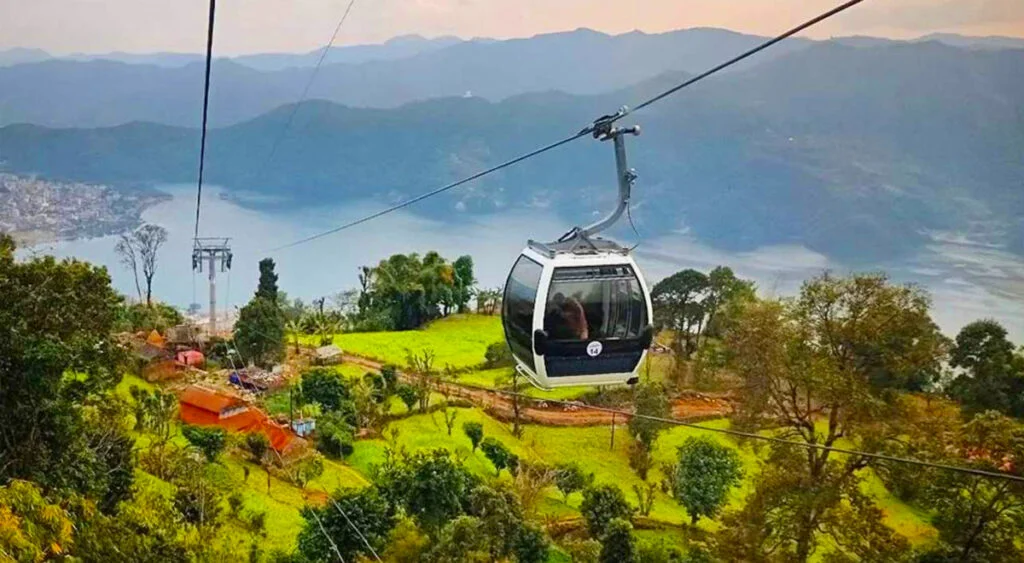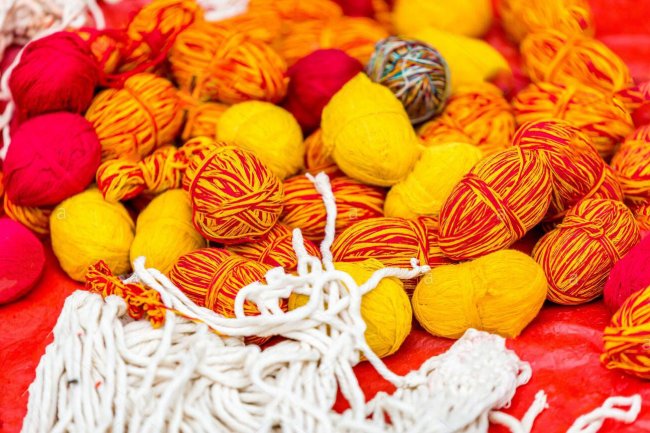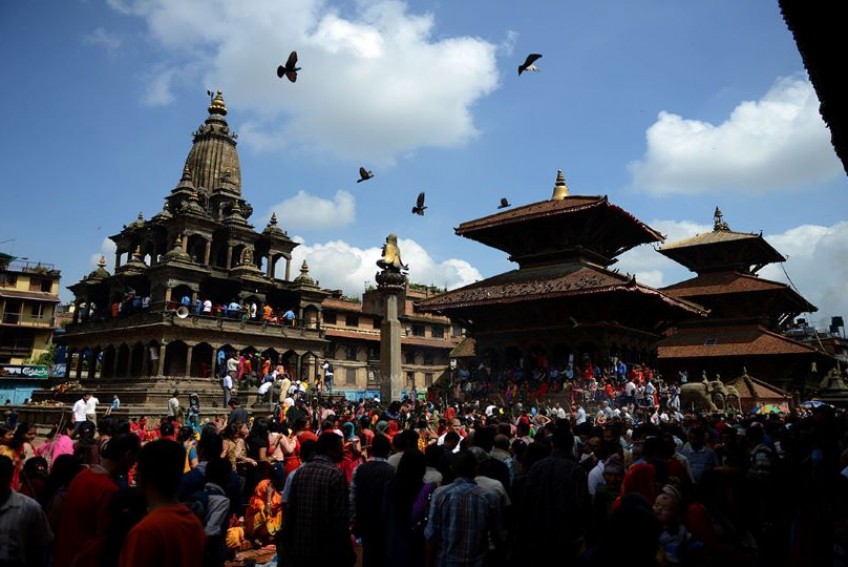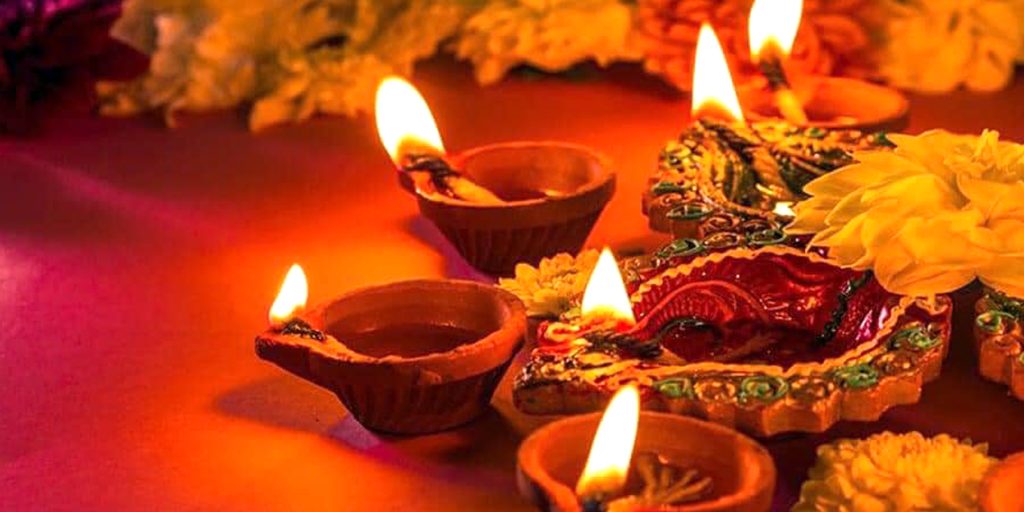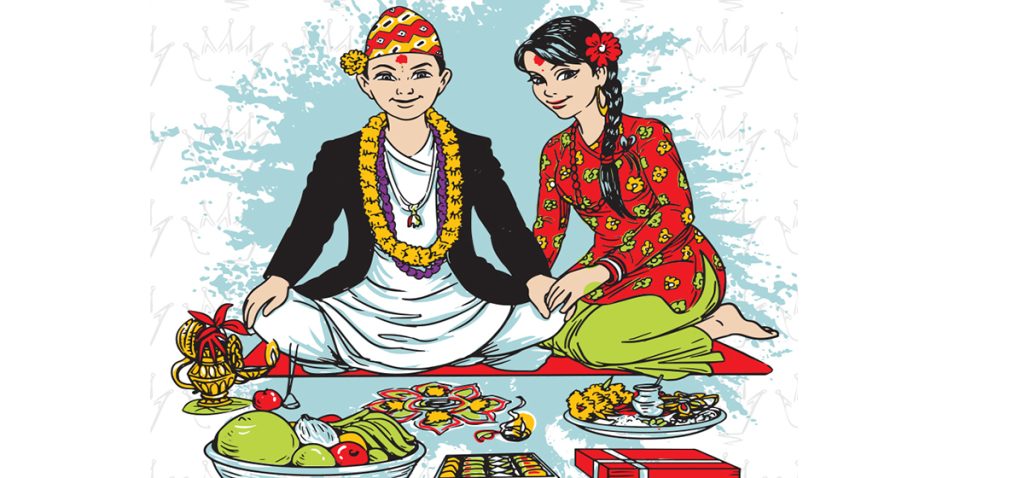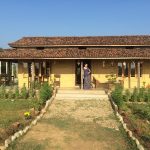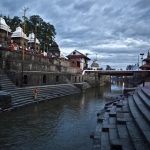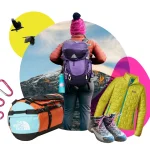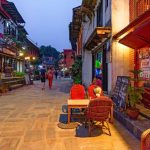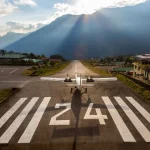Now Reading: Expat Life in Nepal: What It’s Really Like Living in Kathmandu
-
01
Expat Life in Nepal: What It’s Really Like Living in Kathmandu
Expat Life in Nepal: What It’s Really Like Living in Kathmandu
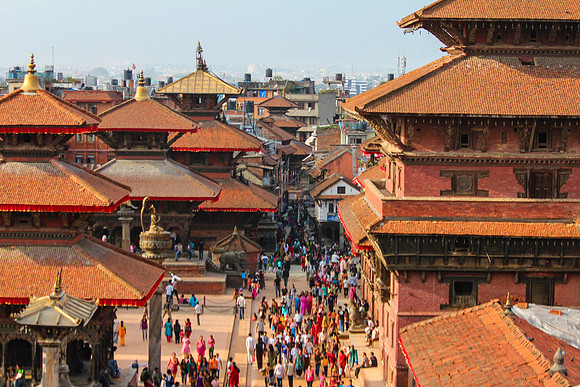
Moving to Kathmandu as an expat is a mix of calm mornings with temple bells, busy streets full of scooters, and surprising moments of kindness from strangers. Life here is slower than most big cities, yet full of energy. If you are thinking about living in Nepal’s capital, here is an honest, friendly guide to what daily life feels like, what works well, and what takes some patience.
First Impressions: A City of Contrasts
Kathmandu is many things at once. You will see centuries-old temples beside new cafés. You will step around small street shrines on your way to a modern coworking space. The roads can be dusty, yet the sky after rain is crystal clear with the Himalayas peeking through. Most expats settle in areas like Lazimpat, Boudha, and Patan (Lalitpur) because they are a little quieter, have better sidewalks, and offer easy access to international cafés and groceries. Thamel is lively and great for visitors, but many long-term residents prefer somewhere calmer.
Housing and Neighbourhoods
Finding a home usually starts with walking the area you like and talking to local agents or landlords. Apartments range from simple studios to spacious family houses with rooftop terraces where you can dry clothes and watch the sunset. Patan is popular for its mix of heritage lanes and modern comforts. Boudha attracts people who enjoy the peaceful kora walk around the great stupa each evening. Lazimpat and Sanepa offer quick access to embassies, schools, and gyms. Expect buildings with backup power and water tanks, and ask about sunlight and ventilation. Earthquake safety is a common question; newer buildings often advertise safer construction, so it is worth checking.
Getting Around
Traffic is busy, but once you learn the rhythm, it becomes manageable. Many expats use ride-hailing apps for cars or motorbikes. Taxis are easy to find. Short commutes are easier than long ones due to congestion and roadworks. Walking is lovely in older parts of Patan and around Boudha, especially in the morning. Cycling is growing, and you will see more bikes each year, though you still need confidence and a good bell. Weekend trips out of the city to places like Nagarkot, Dhulikhel, or Shivapuri are simple and refreshing.
Work Life and Coworking
More people now work remotely from Kathmandu. The city has friendly coworking spaces with good coffee and reliable backup power. Internet speed has improved, and many cafés offer stable connections. If you work with global teams, evenings may be your meeting time. Power cuts happen less than before, yet most homes and offices keep inverters or small battery backups. Once your routine includes a favourite café and a regular desk, the city feels easy.
Food and Groceries
You will eat very well in Kathmandu. Nepali home food is warm and comforting: dal bhat (lentils, rice, vegetables), pickles, and seasonal greens. Street snacks like momos and samosas are everywhere. International options are easy to find too, from Indian and Tibetan to Italian and Japanese. Farmers’ markets sell local cheese, breads, and organic veggies on weekends. Supermarkets carry basics and imported goods, though you may switch brands sometimes. A small joy of expat life here is discovering tiny restaurants run by families who remember your order after the second visit.
Healthcare and Wellness
Private hospitals and clinics serve expats and locals, and many doctors are trained abroad. It is good to have health insurance that covers private care and evacuation, just in case. Pharmacies are common, and pharmacists are helpful. For fitness, you will find gyms, yoga studios, dance classes, and even boxing gyms tucked into side streets. The climate encourages early mornings: many people walk or jog before the traffic builds up.
Community and Friendships
It is surprisingly easy to make friends. The expat world is small enough that introductions happen quickly, and Nepali people are welcoming. Language helps: basic Nepali phrases show respect and open doors. A friendly “namaste” and a smile go a long way. Local festivals create natural chances to meet people. During Dashain and Tihar, neighbours visit each other, fly kites, and light oil lamps. At Boudha, the evening kora around the stupa turns into a soft social circle where you meet people from everywhere.
Culture and Everyday Etiquette
Kathmandu is deeply spiritual and casual at the same time. Dress modestly in temples and monasteries. Shoes come off in many sacred places. Use your right hand to give and receive items. Ask before photographing people. Public displays of affection are low-key. If invited to a home, bringing fruit or sweets is appreciated. Respect for elders matters, and a gentle tone helps more than a loud voice.
Weather and Seasons
The city has distinct seasons. Spring brings flowers and mild air. Summer is warm with afternoon rain that settles the dust. Autumn is crisp and clear, the best time for festivals and mountain views. Winter mornings can be cold indoors since central heating is rare, but afternoons are sunny and bright. Many homes use small heaters and warm blankets. A good plan is to layer clothes and enjoy the sunlit rooftops.
Costs and Daily Budget
Life can be affordable if you live like a local and spend on what matters. Fresh vegetables, local fruits, and Nepali meals are friendly on the wallet. Imported cheese, wine, and speciality items are pricier. Renting a scooter or using ride-hailing can keep transport costs steady. Many expats hire part-time help for cleaning and laundry, which saves time and supports local livelihoods. You can live comfortably on a modest budget, and you can also spend more if you prefer international brands and frequent fine dining.
Challenges You Should Expect
Dust and pollution can bother newcomers, so many people use air purifiers at home and masks on busy roads. Traffic noise is part of city life. Paperwork for visas and permits requires patience; working with a trusted agency or employer helps. Power and water management is better than it used to be, but asking about backups remains important. Finally, things move at a different pace here. Deliveries arrive with a phone call. Repairs happen “tomorrow”, which may mean the day after. Once you accept the rhythm, stress goes down.
Joys That Keep You Here
There is a reason many expats stay longer than planned. Morning walks in Patan’s alleys feel like stepping through living history. A weekend hike can take you from busy streets to quiet pine forests in an hour. People remember your name and ask about your family. Festivals fill the streets with music and colour. Simple pleasures stand out: hot tea on a rooftop after rain, prayer flags fluttering over courtyards, the sound of a flute from a nearby window.
Tips for Settling In
Start with a month in a serviced apartment or short-term rental while you explore neighbourhoods. Learn a few Nepali phrases early. Find a doctor, dentist, and pharmacy you trust. Keep a small “comfort kit” at home with a heater, a water filter, and a first-aid box. Build a routine that mixes work, movement, and time outdoors. Join local interest groups—hiking clubs, yoga classes, and language exchanges. And say yes to invitations; hospitality is a big part of life here.
Final Thought
Expat life in Kathmandu is not glossy or predictable, and that is its charm. The city teaches you to be flexible, to slow down, and to notice. You trade some convenience for meaning and community. You learn new ways to measure a good day—by conversations, by sunlight, by small wins in a place that meets you with warmth. If you arrive open-hearted, Kathmandu welcomes you like a friend and soon starts to feel like home.


